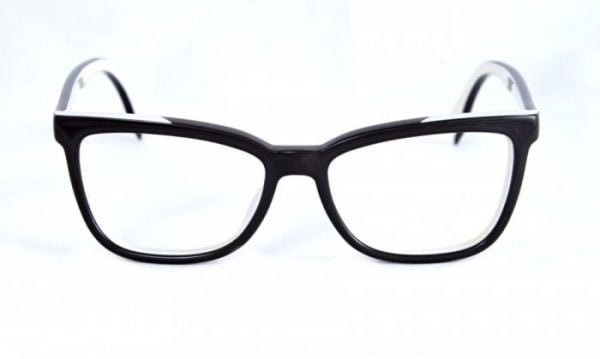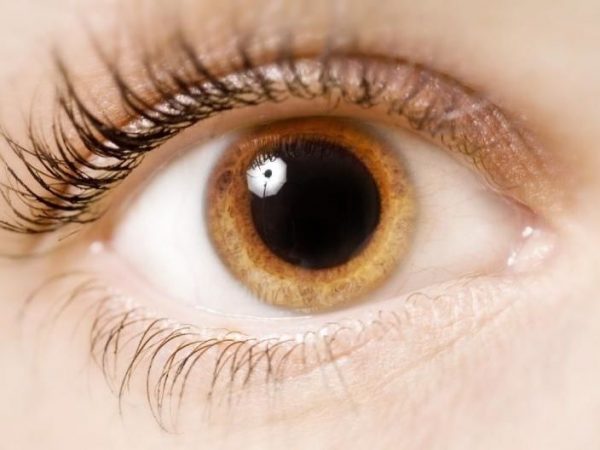ABOUT GLAUCOMA TREATMENT
Glaucoma treatment aims to relieve symptoms of glaucoma and prevent further damage, deterioration, and loss of vision. Glaucoma is an eye disease that causes damage to the optic nerve, which creates problems with vision and if left untreated, can lead to loss of vision.
Glaucoma is caused by a build up of pressure in the eye, often referred to as intraocular pressure. The pressure causes damage to the optic nerve which can impair vision. Once glaucoma causes damage to vision, the effects are irreversible. Patients may experience symptoms such as pain in the eye, seeing halos around lights, headache, and loss of vision. While symptoms may present, not all patients will experience symptoms and therefore may not suspect glaucoma.
There are different types of glaucoma which include open-angle glaucoma, acute angle-closure glaucoma, developmental glaucoma, and secondary glaucoma.
Open-angle glaucoma occurs when fluid, known as acqueous humor, is unable to efficiently drain from the eye, causing a build up of fluid which creates pressure in the eye, damaging the optic nerve. This type of glaucoma often occurs without symptoms presenting.
Acute angle-closure glaucoma is caused when the iris pushes onto the drainage tubes in the eye, preventing fluid to drain properly and applying pressure to the optic nerve.
Developmental glaucoma, also referred to as congenital glaucoma, occurs in children who in some cases, may have been born with the disease. Symptoms include sensitivity to light, watery eyes, large eye, and squinting.
Secondary glaucoma can occur as a result of trauma to eye or from other eye conditions.
Patients who have a high risk of glaucoma include patients who have a family history of the disease, over the age of 60, are short-sighted, and patients with ocular hypertension. It is advised that patients over the age of 40 attend regular check-ups ophthalmology consultations.
Glaucoma can be treated with eye drops, laser treatment, and surgery. In some cases treatments may be combined.
Recommended for
- Patients with glaucoma
TIME REQUIREMENTS
- Average length of stay abroad: 2 – 7 days.
- Number of trips abroad needed: 1.

COMPARE GLAUCOMA TREATMENT PRICES AROUND THE WORLD
HOW TO FIND QUALITY TREATMENT ABROAD
BEFORE GLAUCOMA TREATMENT ABROAD
The doctor will likely perform tests and an eye exam to determine the amount of damage to the optic nerve, to measure the amount of pressure in the eye, to test the vision, and measure the thickness of the cornea.
Patients will meet with the doctor to discuss the treatment options and the doctor will decide which course of treatment is best for the patient. Patients should prepare any questions that the may have and should voice any concerns that they may have. The doctor may prescribe one treatment or advise combining treatments.
HOW IS IT PERFORMED
Eye drops are often prescribed to treat open-angle glaucoma and are administered by the patients. The drops should be dropped into the eye, usually into the lower eyelid, and patients should then briefly close their eye to allow the eye to absorb the drops.
There are different types of eye drops which the doctor may prescribe, including prostaglandin analogues, beta-blockers, carbonic anhydrase inhibitors, and sympathomimetics. Patients may be prescribed multiple eye drops.
Laser treatments may also be performed to treat glaucoma and includes 2 types of treatments, laser trabeculoplasty and cyclodiode laser treatment. Laser trabeculoplasty involves directing high energy light beams into the eye to break down the blockage in the drainage tubes in the eye. Cyclodiode laser treatment is performed by using using a laser directed at tissue to destroy it and break it down, so that the eye does not produce as much fluid, therefore reducing pressure in the eye.
Trabeculoplasty surgery is the most common type of surgery performed to treat glaucoma and involves removing tissue located near the cornea to allow fluid to properly flow out of the eye. This reduces pressure in the eye and can prevent further damage to the optic nerve.
Anesthesia
Varies between procedure, however, local anesthetic with sedation is commonly used.

WHAT TO EXPECT AFTER GLAUCOMA TREATMENT
Post procedure care
Patients who undergo surgery may be prescribed antibiotics to take after the surgery in order to help prevent affection.
Possible discomfort
Patients may experience pain and discomfort in the eye after treatment.
IMPORTANT THINGS TO KNOW ABOUT GLAUCOMA TREATMENT
Potential risks
- Infection
- Inflammation in the eye















